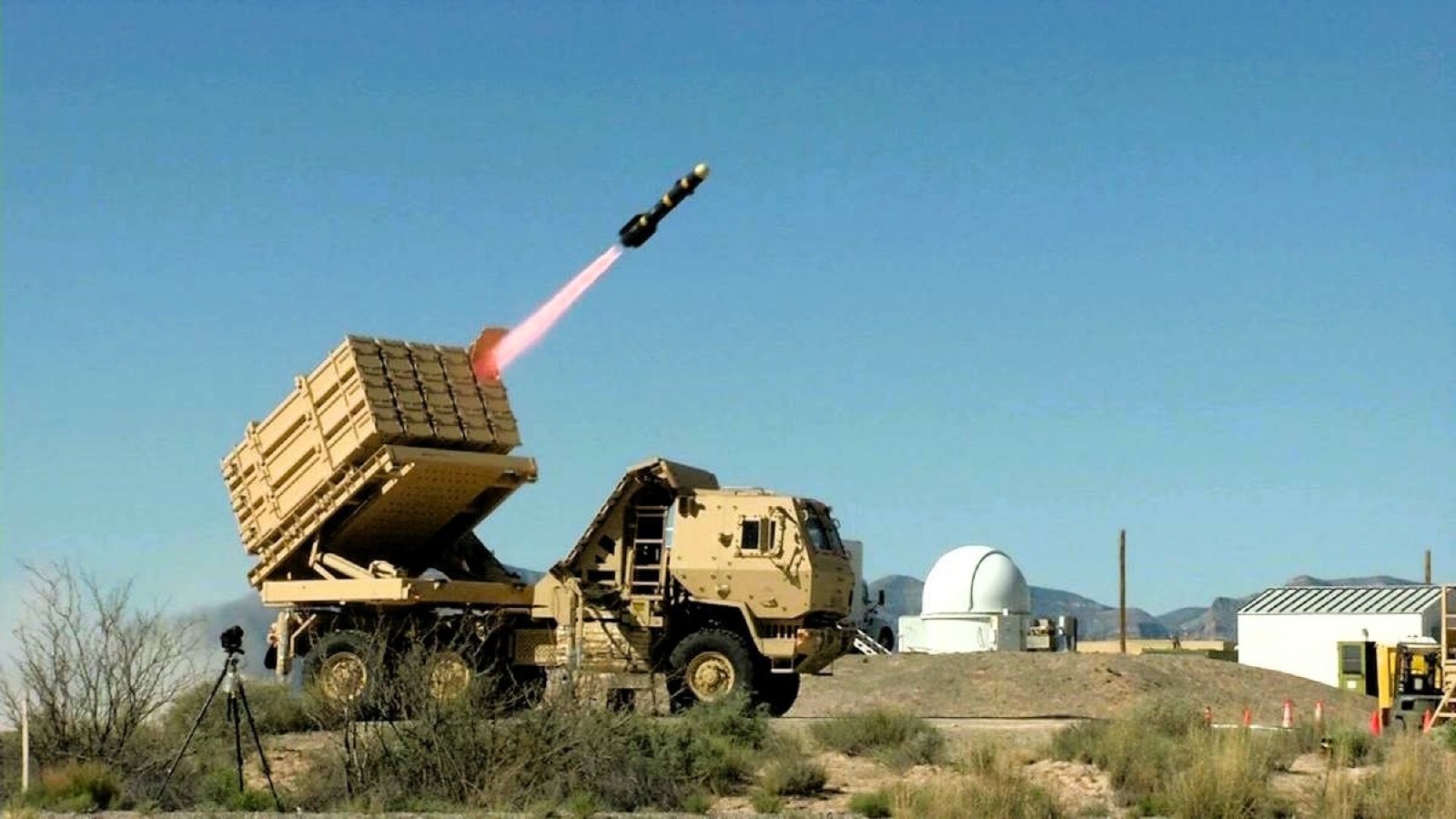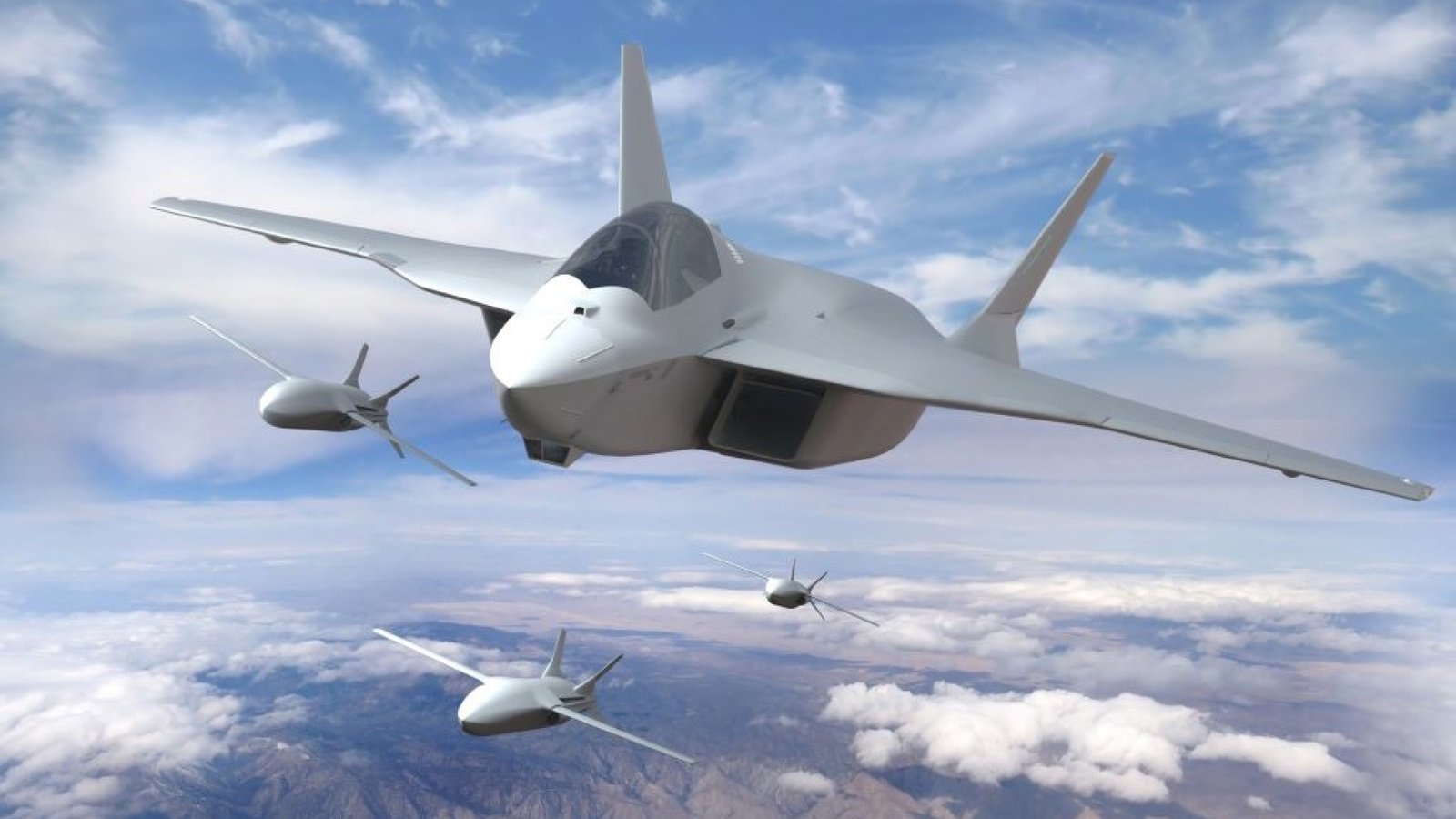
Unmanned Aerial Vehicles (UAVs): Market Trends in Defense & Surveillance
The sky has always fascinated humankind. From Icarus’ unfortunate wax experiment to the Wright brothers’ modest flight, we’ve always looked up and thought, “What if?” Fast forward to the 21st century, and that “what if” is no longer bound by feathers or propellers alone—it’s now about machines that fly themselves. Enter (UAVs), better known as drones. They have gone from weekend toys buzzing over beaches to indispensable players in military strategy, national security, and intelligence gathering. The UAV defense market is no longer a niche—it’s one of the fastest-growing sectors in defense and surveillance worldwide. And at the heart of understanding these shifts, trends, and opportunities is Blackwater, your trusted partner in market research.
If you’ve been wondering where defense technology is headed, spoiler alert: the skies are getting crowded, but not with pilots. With systems leading aerial innovation, nations are rewriting doctrines, companies are redefining manufacturing, and policymakers are recalibrating their playbooks. Let’s take a closer look at how this market is unfolding, why it matters, and how Blackwater helps decision-makers cut through the turbulence.
The UAV Defense Market: More Than Just Flying Robots
When most people hear the word “drone,” they picture a buzzing quadcopter carrying a camera for a YouTuber. While that’s technically a UAV, the UAV defense market is a different beast altogether. Think beyond recreational flyers—these machines are built for high-stakes scenarios where silence, precision, and endurance matter. Military-grade UAVs are capable of long-range missions, equipped with sensors sharp enough to detect heat signatures in the dead of night and payload systems precise enough to strike within centimeters.
What makes the defense segment unique is its blend of technology and strategy. Unlike consumer drones, military UAVs operate within frameworks of international law, geopolitics, and real-time battlefield needs. Governments are investing heavily in next-generation platforms for aerial reconnaissance, surveillance, and even offensive operations. The appeal? UAVs can loiter over conflict zones, monitor borders, or neutralize threats—all without risking human lives in cockpits.
This is precisely why the UAV defense market has been expanding at double-digit growth rates. Nations no longer see UAVs as optional add-ons—they’re core to defense strategy. Blackwater’s research consistently shows that countries investing in unmanned systems gain a tactical edge in intelligence gathering, situational awareness, and force projection.
From Reconnaissance to Strike: The Expanding Role of UAVs
Originally, UAVs were humble observers. They flew silently, captured video, and relayed information back to command centers. In essence, they were the high-tech binoculars of the battlefield. Today, their role has grown exponentially. UAVs can conduct aerial reconnaissance, electronic warfare, cargo resupply, and precision strikes, all while operating autonomously or semi-autonomously.
Take, for instance, the evolution from the Predator to the Reaper drones. Initially designed for surveillance, these platforms quickly became armed with Hellfire missiles, shifting from passive watchers to active participants in combat. It’s this evolution—from eyes in the sky to strategic strike platforms—that highlights why the UAV defense market is at the forefront of defense spending.
Blackwater’s market insights reveal that surveillance remains the dominant application, but strike capabilities are rapidly catching up. Nations want UAV fleets that can not only observe threats but neutralize them if necessary. This shift toward multi-role UAVs explains why governments are pouring billions into R&D and procurement.
The Technology Behind the Rise of Unmanned Systems
What powers this transformation? Simply put—technology. The backbone of the UAV defense market lies in innovations in artificial intelligence, sensor fusion, and autonomous navigation. UAVs today are no longer glorified remote-controlled planes. They’re flying computers capable of analyzing terabytes of data in real time.
Advanced AI algorithms now allow drones to recognize patterns, distinguish between civilian and military targets, and adapt to changing weather or battlefield conditions. Meanwhile, developments in lightweight composite materials extend their endurance, and miniaturized electronics make them harder to detect. Even propulsion systems are evolving, with hybrid-electric engines promising quieter operations and longer missions.
One of the most exciting shifts is the integration of UAVs into broader unmanned systems networks. Drones now talk to ground robots, naval vessels, and satellites, creating a seamless, multi-domain ecosystem. This “system of systems” approach is redefining modern warfare and reshaping defense procurement strategies.
Blackwater’s analysis shows that the next wave of UAV growth will come from swarming technology—hundreds of drones coordinating in real time to overwhelm defenses. It’s straight out of a sci-fi movie, but it’s already being tested in military labs.
Geopolitics and the Global UAV Defense Market
If drones are the hardware, geopolitics is the software driving demand. The UAV defense market is heavily influenced by international rivalries, border disputes, and shifting alliances.
Take the Middle East, for example. UAVs are now indispensable tools for both surveillance and strikes in ongoing conflicts. In Asia-Pacific, tensions in the South China Sea have triggered an arms race in unmanned systems. Meanwhile, NATO nations are integrating UAV fleets into their collective defense strategies, ensuring interoperability across borders.
Blackwater’s market research highlights a key trend: smaller nations are increasingly buying off-the-shelf drones to boost defense capabilities. Unlike fighter jets or submarines, UAVs are relatively cost-effective and scalable, making them attractive for countries with limited defense budgets. This democratization of drone technology means the skies are buzzing not just with superpower fleets but with UAVs from nations once considered marginal in defense tech.
Challenges Grounding UAV Growth
Of course, it’s not all clear skies in the UAV defense market. For every breakthrough, there are turbulence factors. Airspace regulation, cybersecurity, and counter-drone technologies pose real challenges.
Firstly, there’s the issue of integration into civilian airspace. Military UAVs need to coexist with commercial flights, which raises concerns about safety and regulation. Secondly, as drones become smarter, they also become more vulnerable to cyberattacks. Hackers don’t need to shoot down a UAV if they can simply hijack it. Finally, counter-drone technologies are advancing rapidly. Nations are developing directed energy weapons, jamming systems, and kinetic interceptors to neutralize enemy UAVs.
Blackwater’s research underscores that for every step UAVs take forward, defense agencies must also address these risks. Companies investing in cybersecurity for drones and anti-drone systems are likely to play a crucial role in the next chapter of the market.
Commercial Tech Meets Defense
An interesting twist in the UAV defense market is the overlap between commercial and military innovation. Many of the technologies driving consumer drones—such as lightweight batteries, high-resolution cameras, and real-time video streaming—have military applications.
Conversely, defense research often trickles down to commercial markets. Thermal imaging, once reserved for high-end UAVs, is now common in agriculture and construction drones. This cross-pollination accelerates the pace of innovation, ensuring the line between consumer and military UAVs remains blurred.
Blackwater’s intelligence shows that partnerships between defense contractors and commercial drone manufacturers are reshaping procurement. Military agencies are increasingly open to adopting commercially available drones and modifying them for reconnaissance or tactical use. This trend is accelerating deployment timelines and reducing costs.
The Future of Aerial Reconnaissance
The future of aerial reconnaissance lies in UAVs that are stealthier, faster, and more autonomous. High-altitude long-endurance (HALE) drones are already capable of staying aloft for days, covering vast swaths of territory. But what’s coming next is even more remarkable.
Imagine solar-powered UAVs hovering at stratospheric levels, acting like pseudo-satellites. These platforms will provide persistent surveillance, communications, and even missile defense. Blackwater’s projections suggest that such capabilities will redefine intelligence gathering, offering militaries real-time situational awareness over entire continents.
The days of reconnaissance pilots peering through lenses are numbered. The skies of tomorrow will be patrolled by fleets of silent watchers, each feeding terabytes of intelligence back to command centers.
Why Blackwater Matters in the UAV Defense Market
All this innovation and complexity begs a question: how do you make sense of it? Enter Blackwater. The UAV defense market is a noisy space filled with acronyms, prototypes, and defense jargon. Without expert analysis, it’s easy to get lost in the clouds.
Blackwater specializes in cutting through that noise. Our research provides clarity on market size, growth forecasts, competitive landscapes, and emerging technologies. Whether you’re a defense contractor looking to invest, a policymaker shaping regulations, or a government agency procuring systems, Blackwater gives you the intelligence to make informed decisions.
We don’t just track numbers; we interpret trends. We explain not only what’s happening but why it matters, and more importantly, what comes next. The skies may be crowded, but with Blackwater, you’ll always have a clear view.
Conclusion: The Sky’s Not the Limit
The UAV defense market is not just about drones—it’s about a complete reimagining of how nations secure their skies, borders, and interests. From aerial reconnaissance to autonomous strike missions, from swarming tactics to AI-driven decision-making, UAVs represent the next frontier of defense.
Challenges remain, but innovation is outpacing obstacles. As technology advances, as geopolitics intensify, and as budgets shift, UAVs will continue to dominate defense strategies across the globe. For those navigating this market, Blackwater offers more than research—it offers foresight.
Because in the end, the UAV revolution isn’t about the drones themselves. It’s about the intelligence to understand them, the strategy to deploy them, and the vision to prepare for what comes next. With Blackwater as your guide, you won’t just watch the skies—you’ll own the future.



